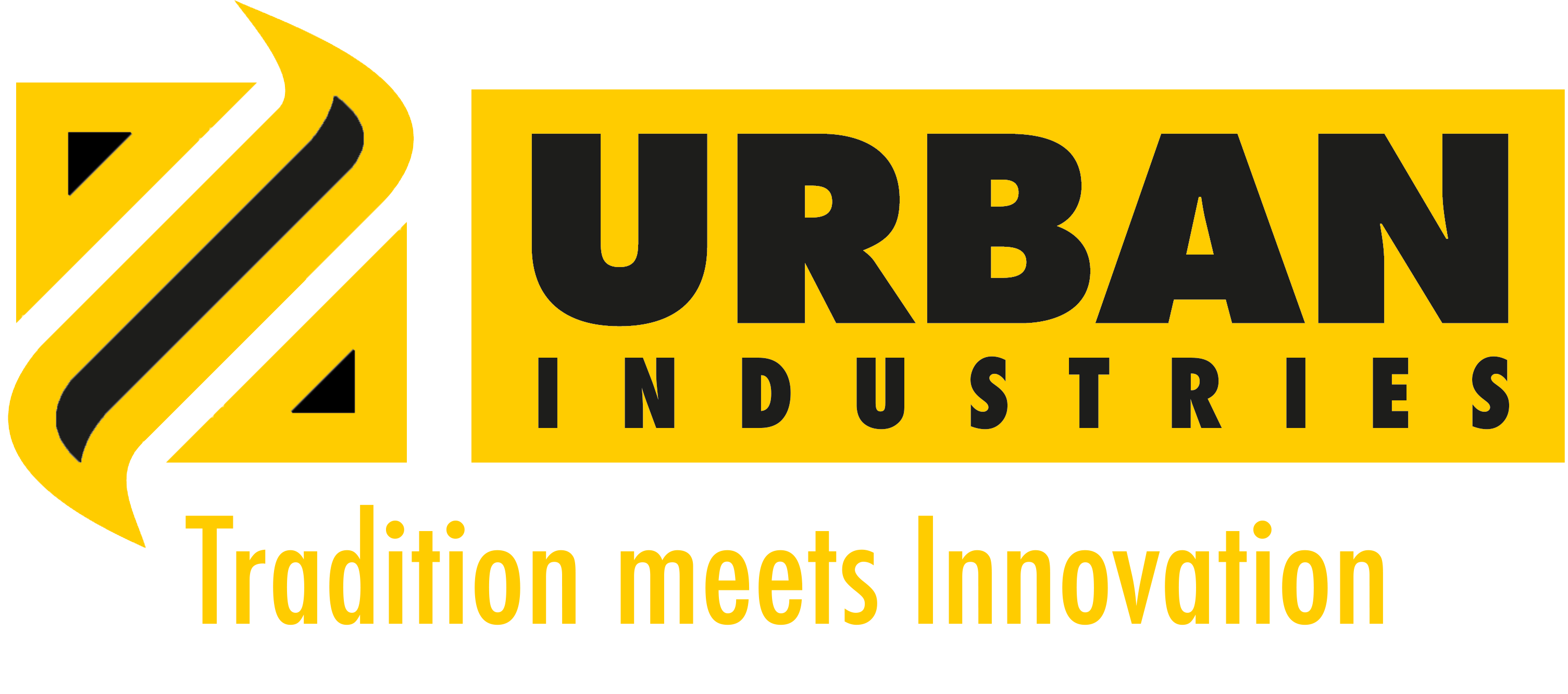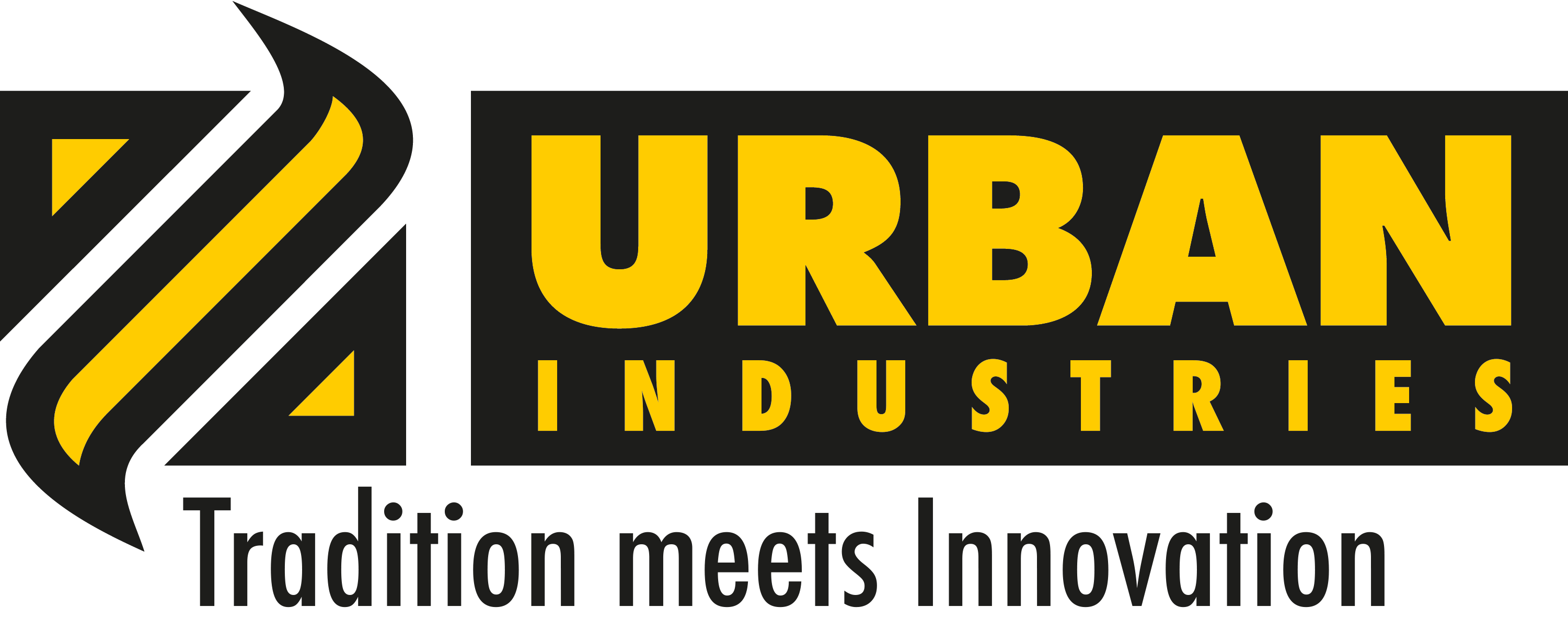Support structures for solar panels
Robust solutions for large systems
Support structures for solar panels are essential components of any solar installation. They ensure the stable mounting of solar panels and optimize their alignment for maximum energy efficiency. Especially for large-scale installations, choosing the right support structure is crucial to ensure longevity, safety and performance.
What are support structures for solar panels?
Support structures for solar panels are specially developed metal frames and brackets that securely fix solar modules and optimize their orientation to the sun. These structures are essential for maximizing the efficiency and service life of solar installations.
The main tasks of supporting structures:
- Stability: Protection of the solar modules against wind, snow and other environmental influences.
- Optimal alignment: Ensuring the best possible inclination and position to maximize energy yield.
- Flexibility: Adaptation to different terrain and roof shapes.
Materials for supporting structures
The choice of materials plays a decisive role in the durability and efficiency of the load-bearing structures. Commonly used materials are
- Aluminum: Lightweight, corrosion-resistant and ideal for roof installations.
- Steel: Offers maximum stability and is particularly suitable for free-standing systems.
- Stainless steel: Corrosion-resistant and durable, ideal for environments with high humidity.
- Composite materials: Combination of metal and plastic that optimally balances weight and stability.
Construction of modern load-bearing structures
The construction of modern support structures requires precision and innovative technology in order to meet the requirements of solar systems:
- Modularity: Enables simple adaptations and extensions for large-scale installations.
- Load testing: Each structure is tested for wind and snow loads to ensure maximum safety.
- Simple installation: Modern designs significantly reduce installation time.
- Corrosion protection: Surface treatments protect the structures from the effects of weathering and extend their service life.
Application areas of support structures for solar panels:
Support structures are used in various installation scenarios:
- Ground-mounted systems: Large-scale installations in fields and open areas that require maximum stability and an optimum inclination.
- Roof systems: Lightweight, flexible structures for private and commercial roof areas…
- Floating solar systems: Corrosion-resistant structures for systems on water surfaces.
- Carports: Specially developed support structures for integrating solar modules into roofs.
Advantages of modern support structures for solar panels
- Maximum stability: Protection of the solar modules from extreme weather conditions.
- Durability: High-quality materials guarantee a service life of several decades.
- Increased efficiency: Optimized alignment to the sun ensures a higher energy yield.
- Cost efficiency: Robust, low-maintenance design minimizes costs in the long term.
- Flexibility: Customizable designs for different terrain types and applications.
Future trends in support structures for solar panels
The further development of load-bearing structures is being driven by new technologies and materials:
- Lightweight construction: use of carbon fiber and other innovative materials to reduce weight.
- Automation: Integration of tracking systems that automatically align the solar panels with the sun.
- Sustainability: Use of environmentally friendly and recyclable materials.
- Intelligent monitoring: sensors and loT technologies for monitoring load and wear.
Development challenges
The development of modern load-bearing structures brings with it a number of challenges:
- Costs: High-quality materials and advanced designs can increase the purchase costs.
- Weight management: Structures must be light but stable enough for heavy solar modules.
- Weather resistance: The structures must be able to withstand extreme weather conditions without losing stability.
Conclusion
Support structures for solar panels are an essential component of modern solar systems, especially for large-scale installations. With high-quality materials, innovative designs and advanced technology, they offer maximum stability, durability and efficiency. Whether on roofs, open spaces or water surfaces – the right support structures guarantee the optimum performance and safety of your solar installation.

